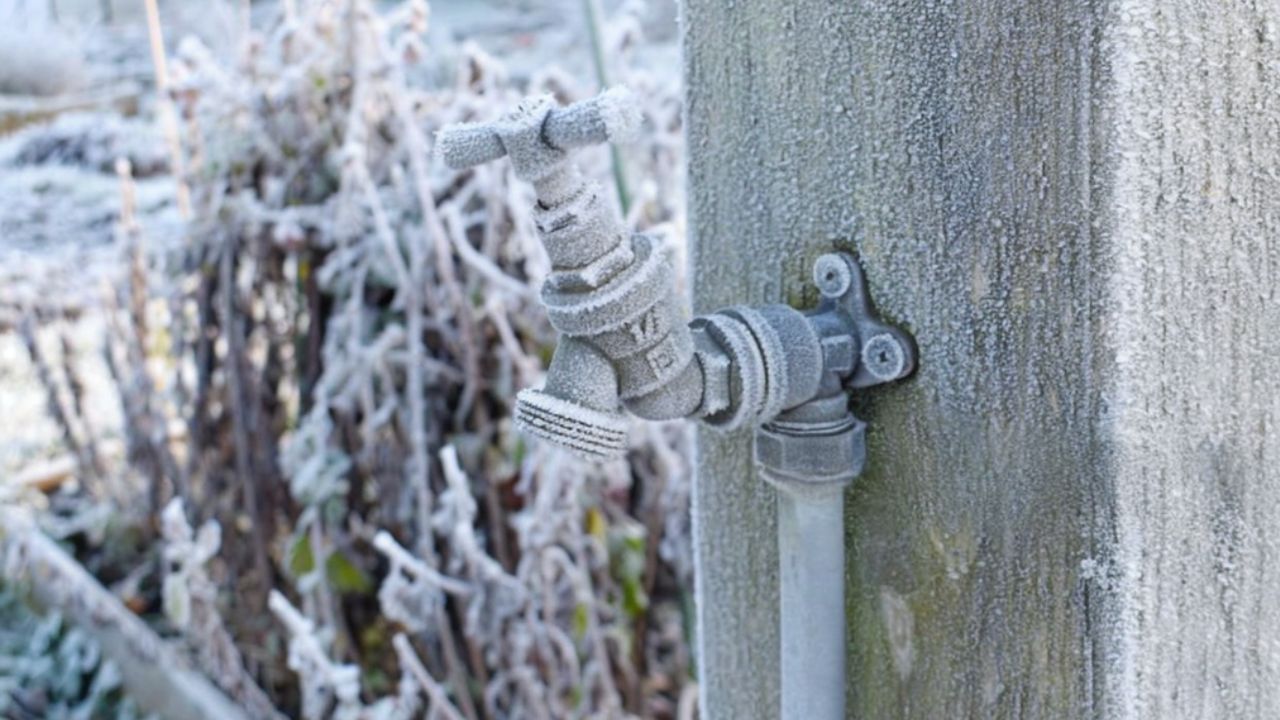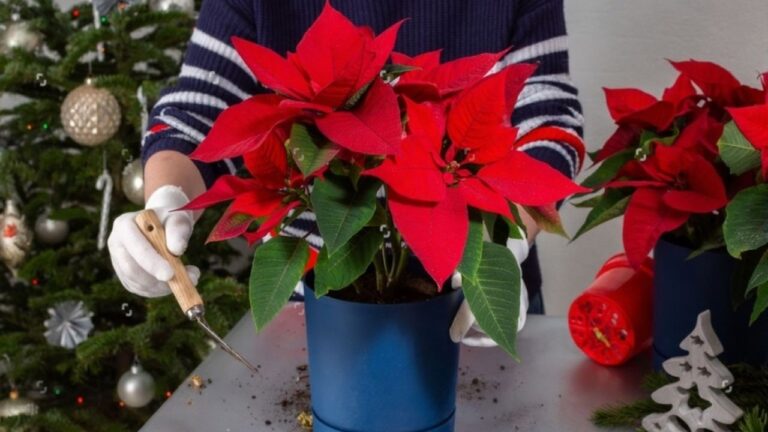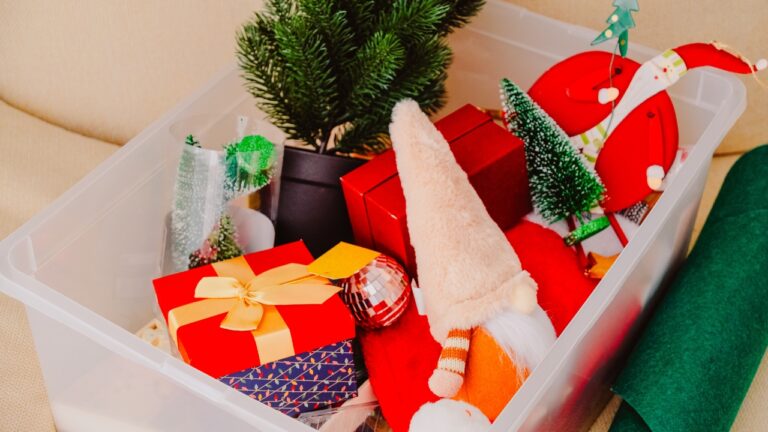The cold snap will hit before your pipes are ready if you skip this
Every year, people wait too long to prepare for the first real cold snap. One day it’s mild, and the next morning, the water’s not running, and you’re staring at a frozen line wondering what went wrong. The truth is, most pipe problems aren’t caused by record-breaking cold—they’re caused by waiting until it’s already too late.
If you want to avoid that mess, there’s one thing you absolutely can’t skip: protecting and insulating your exposed water lines before the temperature drops for good.
The pipes that freeze first are the ones you forget about
Most people focus on indoor plumbing and forget about the pipes outside—or the ones that run through crawl spaces, garages, and unheated walls. Those are the weak spots.
When the air dips below freezing, it doesn’t take long for exposed lines to drop in temperature too. Even a small section of pipe left uncovered can create a pressure point that freezes first, and once that ice expands, it’s game over for the whole line.
Walking your property and spotting these areas ahead of time is one of the simplest ways to prevent a costly repair.
Insulation isn’t optional—it’s your first line of defense
Pipe insulation doesn’t have to be fancy, but it makes a world of difference. Foam sleeves, fiberglass wrap, or even heat tape can buy you precious time when the temperature plummets.
If you live somewhere that gets long freezes, heat tape or cable is worth every penny. It keeps lines warm enough to prevent freezing without wasting water or energy. Make sure it’s properly rated for outdoor use, and check it each season to be sure it still works.
Don’t forget outdoor spigots—covering them with insulated caps is one of the cheapest, most effective things you can do.
Disconnect every hose
This is the step most people skip—and it’s usually the one that causes the most damage. A hose left connected to an outdoor spigot traps water inside. When that water freezes, it can back up into the faucet and burst the pipe behind the wall.
It takes 30 seconds to unscrew the hose, shake out the water, and store it somewhere dry. Once you do that, shut off the valve leading to that spigot if your home has one, then open the faucet to drain any remaining water. That tiny bit of effort can save hundreds in repairs.
Check for drafts where pipes run
Pipes near exterior walls or floors can freeze even if they’re technically “indoors.” Cold air sneaks in through gaps, vents, or cracks and chills the area faster than you think.
Use expanding foam or caulk to seal around holes where pipes enter walls. In crawl spaces or basements, a bit of insulation board or even thick plastic sheeting can help block drafts and hold warmth in. It doesn’t have to look pretty—it just needs to work.
Keep the heat steady when temps drop

A lot of people try to save money by turning the thermostat way down at night or when they’re away, but that’s when pipes are most at risk. Keeping your home temperature steady—even just a few degrees higher—can make the difference between flowing water and a frozen line.
If you’re leaving home for a few days, don’t shut the heat off completely. Keep it around 55°F or higher, and open cabinets under sinks to let warm air circulate.
Letting faucets drip can save your plumbing
If you’re expecting a hard freeze, especially overnight, open faucets slightly so they drip. Moving water is less likely to freeze, and it relieves pressure in the lines.
You don’t need a steady stream—just a slow, consistent drip. Focus on the faucets farthest from your main water supply, since those lines are usually the longest and most exposed.
Don’t forget your well or pump
If you’re on a well, your pump and pressure tank need protection too. Any exposed parts of the system should be wrapped or housed in an insulated cover.
If your well head is above ground, make sure it’s covered with a proper well-house or insulated box, and seal gaps around the base where cold air can seep in. Frozen well lines can take days to thaw and often require professional help.
Test everything before the freeze hits
The best time to check insulation, valves, and heat tape is before you actually need them. Make sure heat cables power on correctly, shutoff valves work smoothly, and there aren’t any slow leaks or weak spots in your system.
Once the temperature drops, it’s too late to fix things easily. Cold hands, frozen ground, and short daylight hours make even small repairs miserable. Testing early means you can fix problems in comfort, not crisis.
If pipes do freeze, act fast

If you wake up to no water, don’t panic—but don’t wait, either. Turn off the main water supply to reduce pressure, then start thawing the frozen section with gentle heat. A hair dryer or space heater works well; never use an open flame.
Once thawed, inspect for cracks or leaks before turning the water back on. Even a small split can cause serious damage once pressure builds again.
Preparation always costs less than repair
Every winter, plumbers stay busy fixing the same avoidable problems. A few hours of prep work—draining hoses, wrapping pipes, sealing drafts—can save thousands in damage and prevent days without water.
The cold snap always hits faster than you expect, and once it does, there’s no catching up. Don’t wait until you’re standing in a freezing crawl space with a flashlight and a shop vac. Do the prep now while it’s still comfortable, and you’ll get through the winter without a single frozen line.
Like Fix It Homestead’s content? Be sure to follow us.
- I made Joanna Gaines’s Friendsgiving casserole and here is what I would keep
- Pump Shotguns That Jam the Moment You Actually Need Them
- The First 5 Things Guests Notice About Your Living Room at Christmas
- What Caliber Works Best for Groundhogs, Armadillos, and Other Digging Pests?
- Rifles worth keeping by the back door on any rural property
*This article was developed with AI-powered tools and has been carefully reviewed by our editors.







